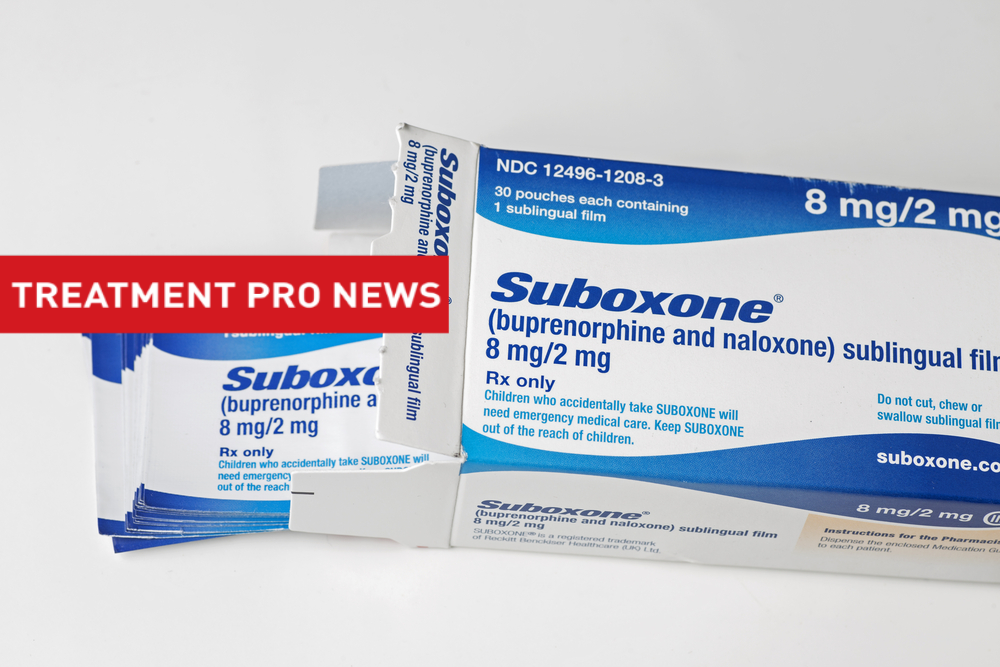
The American Society of Addiction Medicine (ASAM) supports an increase in patient limits for doctors waivered to prescribe buprenorphine, particularly in the form of Suboxone, to people in need of this evidence-based recovery drug. Across the country, particularly in Kentucky where the opioid epidemic is out of control, there are long waiting lists for Suboxone prescriptions. In light of Secretary Sylvia Burwell’s September announcement that the Department of Health and Human Services will revise the federal regulations related to the DATA 2000 patient limits, ASAM decided to investigate what is needed in the immediate future.
In 2000, Congress passed DATA 2000, a law that allows physicians to become eligible to prescribe specially approved opioid-based medications specifically for the treatment of opioid addiction. Buprenorphine with naloxone (Suboxone) and buprenorphine (Subutex) became the first medications to be approved and affected by this law. If physicians take an 8-hour course and meet other qualifications, they can apply for a special waiver that allows them to treat addiction with these medications.
This problem is this same law designates somewhat arbitrary patient limits. The DATA 2000 caps the number of patients a physician can treat at any one time to 30 in the first year following certification. Once the first year is up, void of any supporting science, the number of patients a physician can treat is only expandable to 100. No other medications have such restrictions, including the prescription opioids that have caused the addiction epidemic and created the need in the first place. Like many well-intentioned laws, the unintended consequences are devastating.
In preparation on the forthcoming proposed rule by the Department of Health and Human Services, ASAM surveyed addiction specialists to see how many are waivered to prescribe buprenorphine and how many are affected by the current patient limits. The survey was an update to one ASAM did in 2013, and the results indicate that patient demand for treatment has increased.
Compared to 2013, more doctors in 2015 reported the following:
• Now waivered to prescribe to 100 patients
• Treating more than 80 patients
• Unable to meet a patient demand for treatment in excess of the 100 patient limit
The results of the survey revealed an increased patient demand for buprenorphine treatment, often in the form of Suboxone. ASAM believes the current patient limits are negatively affecting addiction specialists’ ability to offer effective treatment. Despite the evidence-based results that show that Suboxone treatment saves lives, the federal government is still hamstringing doctors across the country.
